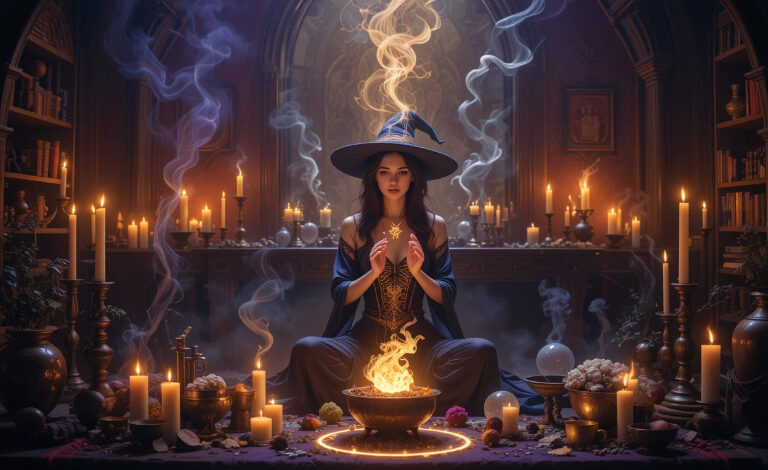
Have you ever felt like someone was in the room with you, even though you were completely alone? Or maybe you’ve seen little flickers of light out of the corner of your eye, heard whispers that weren’t there, or had a sudden chill for no reason. That’s the edge of the spirit world brushing up against ours — and spirit conjuring is how we invite those whispers into full conversations.
Spirit conjuring isn’t about forcing something to appear; it’s about opening a doorway and extending a respectful invitation. It’s one part energy work, one part ritual, and a whole lot of trust. The spirits you meet can teach, guide, protect, or simply share their stories — but it’s not something you do carelessly.
This practice has roots in many ancient cultures, from shamans calling upon ancestral protectors to mystics summoning angels or elemental beings. Every culture has its own methods, but the heart of it is always connection and respect. The moment you try it for yourself, you step into a much older, much bigger world than the one you see every day.
Whether you’re here out of curiosity or because you’ve felt the call for a while, this guide will walk you through the essentials. You’ll learn how to prepare, who you might meet, how to keep yourself safe, and how to recognize when you’ve made contact. Most of all, you’ll learn that conjuring is less about “commanding” and more about inviting magic into your life.
What Spirit Conjuring Is
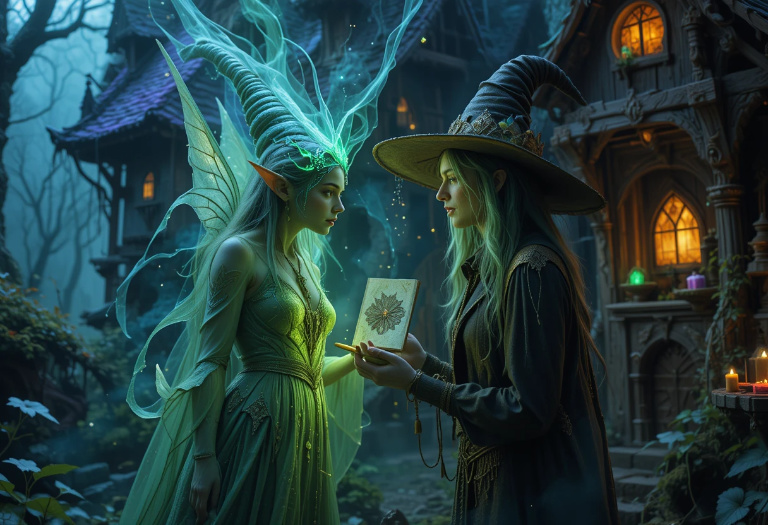
At its core, spirit conjuring is the act of calling a spirit into your space so you can communicate or work together. It’s not just “ghost hunting” — it’s about building a temporary or long-term connection with a being from another realm. Some spirits are deeply wise, others playful, and some are very old forces who carry the memory of times before ours.
A key point: conjuring is not the same as summoning with force. Summoning implies control, while conjuring is about creating the right conditions for a spirit to willingly join you. The energy is more like inviting a friend over for tea than ordering them into your living room.
When done right, spirit conjuring can bring insight, comfort, protection, and even powerful magical allies. When done recklessly, it can invite energies you didn’t bargain for. That’s why preparation and respect are the foundation of the craft.
Types of Spirits You Might Meet

There’s a vast and colorful variety of spirits out there, and part of the fun is discovering who responds to your call. The most common are ancestral spirits — those connected to your family line who may watch over you or offer guidance. They often feel warm, familiar, and grounding.
Elemental spirits, like those tied to fire, water, air, or earth, have their own distinct personalities. A fire spirit might feel intense and inspiring, while a water spirit is calm and emotional. These beings often work well in spells related to their element.
Then there are guardian spirits and guides — beings who are invested in your growth and safety. They may show up as animal spirits, angelic forms, or simply as a presence you sense but never quite see.
And yes, there are also tricksters and wandering spirits who aren’t malicious but can cause chaos if boundaries aren’t clear. Recognizing what kind of spirit has shown up is part of learning the art of conjuring.
Types of Spirits You Might Meet
-
Ancestral Spirits – Spirits of your bloodline or chosen family who offer protection, wisdom, and guidance rooted in your heritage. They often feel warm, grounding, and deeply familiar.
-
Elemental Spirits – Beings tied to the four elements (earth, air, fire, water) who carry the raw energy of nature. They can aid in spells that align with their element’s power.
-
Guardian Spirits – Protective entities who watch over you and step in during times of danger. Some stay for life; others appear only when needed.
-
Animal Spirits – Manifestations of animal energy that bring the traits and strengths of their species. They can appear in dreams, visions, or as sudden real-life encounters.
-
Faeries – Magical nature beings ranging from sweet and helpful to mischievous tricksters. They guard the wild places and often expect offerings in exchange for help.
-
Spirit Guides – Wise companions from higher realms who teach, advise, and nudge you toward growth. They may be human-like, animal-like, or entirely otherworldly in appearance.
-
Nature Devas – Spirits that oversee specific plants, trees, or landscapes. They work well in green magic and can share plant lore.
-
House Spirits – Guardians of the home who help keep the energy inside harmonious. They appreciate respect, tidiness, and occasional gifts like bread or milk.
-
Shadow Spirits – Beings who dwell in the in-between, helping with shadow work and self-discovery. They are not inherently harmful but can feel intense to work with.
-
Angelic Beings – High-vibration spirits who bring peace, healing, and protection. They often arrive with a sense of lightness and safety.
-
Spirit of Place – The soul of a location, such as a forest, river, or old building. Connecting with them can reveal the history and magic of that space.
-
Trickster Spirits – Playful, unpredictable beings who teach through chaos and surprise. They require firm boundaries but can reveal hidden truths.
-
Wandering Spirits – Souls without a fixed place, often curious about the living. They may be seeking help to move on or simply a listening ear.
-
Deities – Gods and goddesses from various pantheons who sometimes answer conjuring calls. They bring immense power and should always be approached with deep respect.
-
Ancient Teachers – Very old spirits carrying the knowledge of forgotten times. They often speak in riddles or visions that unfold over days.
-
Healing Spirits – Beings who specialize in restoring physical, emotional, or spiritual balance. They may work through dreams, energy shifts, or sudden clarity.
-
Spirit Children – Young, playful energies who bring joy and lightness. While often harmless, they can become attached if not properly released.
-
Star Beings – Entities from other realms or dimensions, often bringing unusual wisdom or symbols. Their presence can feel strange, expansive, and awe-inspiring.
-
Messenger Spirits – Tasked with delivering important news or warnings. They often appear suddenly and disappear just as quickly after their message is given.
-
Warrior Spirits – Strong, protective forces who help guard you, your home, or your magical workings. They bring courage and strength in difficult times.
Benevolent or Malevolent Spirits

Not all spirits are friendly, but not all are dangerous either. Benevolent spirits usually bring a sense of peace, warmth, or clarity when they arrive. They may offer advice, protect your energy, or bring you information that feels uplifting and true.
Malevolent spirits, on the other hand, may create unease, confusion, or drain your energy. Sometimes this is intentional, sometimes it’s simply because the spirit’s nature doesn’t mix well with human energy. Think of it like inviting a wild animal into your home — they’re not “evil,” but they can cause trouble.
It’s also important to note that spirit morality doesn’t always line up with human morality. A spirit might do something for what it sees as a good reason, but it might feel harsh to you. That’s why clear communication and strong boundaries are essential.
The more you practice, the more you’ll learn to “read the room” spiritually and trust your instincts. If something feels off, it probably is. That’s when it’s time to use your protection tools and close the session.
Why Intention Is Everything
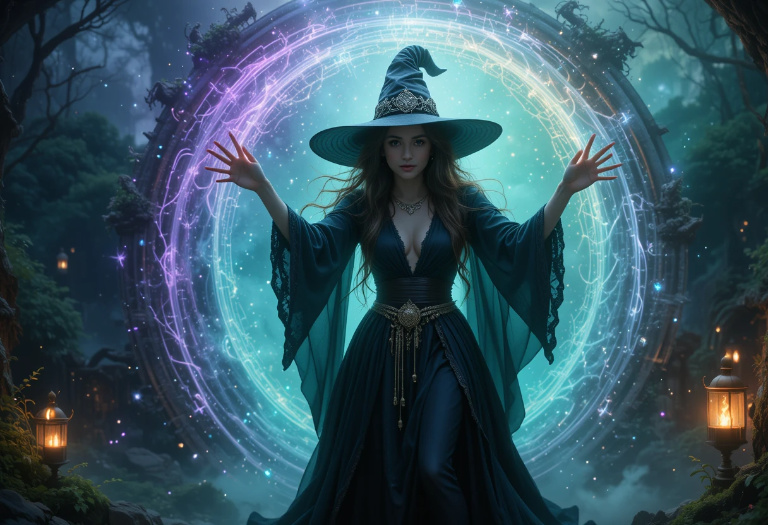
In spirit conjuring, your intention is like the address on the invitation — it tells the universe who you want to connect with and why. Without it, your call is vague, and any spirit wandering by might answer.
A clear, respectful intention also shapes the energy of the space. If you open the ritual with love, curiosity, and honesty, you’re more likely to connect with spirits of a similar nature. If you’re fearful, angry, or careless, you might draw in lower energies.
Before any session, take a few minutes to focus on what you’re asking for. Write it down or speak it aloud. The stronger and cleaner your intention, the smoother the connection will be.
Tools of the Trade
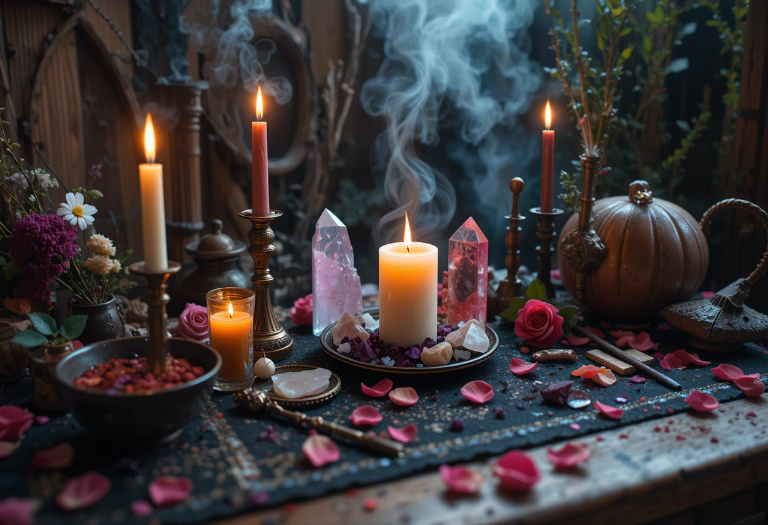
While you technically can conjure without tools, having the right items helps focus your energy and signal your intent.
Common Spirit Conjuring Tools:
-
Candles – Act as beacons for spirits and help set the mood.
-
Crystals – Certain stones, like amethyst or clear quartz, can amplify your energy or protect your space.
-
Incense – The smoke cleanses and carries your call to the spirit realm.
-
Sigils or Symbols – Drawn or carved designs that act as a spiritual “address.”
-
Spirit Boards or Pendulums – Tools for receiving direct answers.
-
Offering Bowls – To give gifts like flowers, water, or coins as a sign of respect.
Choose tools that feel good in your hands and that you’re comfortable using. It’s better to have a few you trust than a pile you barely understand.
Preparing Your Space & Yourself
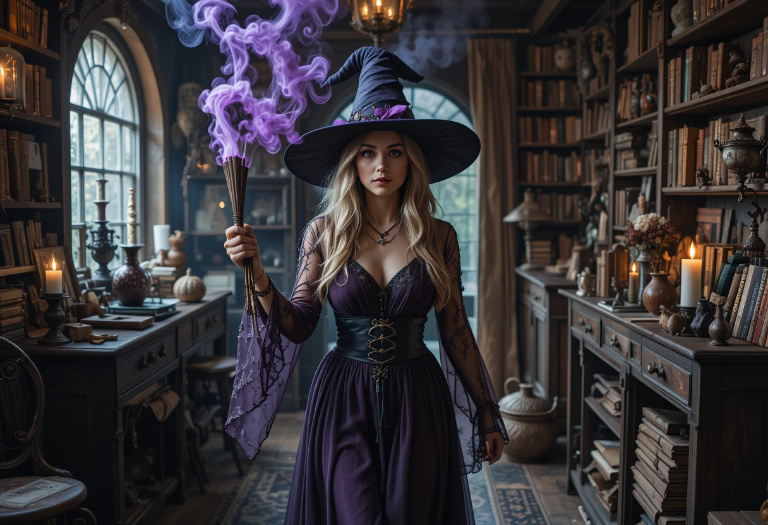
Before you even think of calling in a spirit, make sure your space is clear. This can be as simple as tidying up and burning some incense, or as elaborate as a full cleansing ritual with salt, sound, and smoke.
Next, prepare yourself. Ground your energy by imagining roots growing from your feet into the earth. Shield your aura by picturing a bubble of light around you — bright, strong, and impenetrable.
Finally, set the mood. Dim the lights, light your candles, and take a few deep breaths. You’re not just decorating; you’re tuning your whole environment to the right frequency.
The Step-by-Step Guide to Conjuring Spirits
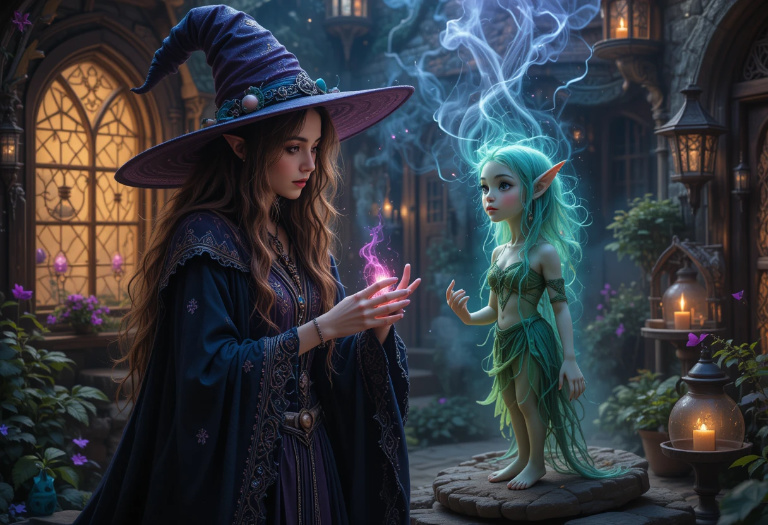
1. Set Your Intention
Before anything else, decide exactly why you’re calling a spirit and who you want to reach. A vague goal like “I just want to see what happens” can attract any wandering entity, including those you may not want. A clear intention acts like a spiritual filter, calling only those who match your purpose.
Your intention doesn’t have to be complicated. It can be as simple as “I call upon a benevolent ancestral guide for wisdom in my current challenges” or “I invite a fire elemental to help empower my creativity.” The important part is to be specific about the spirit’s nature and your reason for connecting.
Speaking your intention aloud is powerful — it anchors it in the physical world. You can also write it down and place it on your altar or in your working space as a visual reminder of your purpose.
2. Cleanse the Space
Just like you wouldn’t invite guests into a messy home, you shouldn’t call spirits into a cluttered or energetically stagnant space. Cleansing clears out unwanted energies and sets a neutral, welcoming stage for your work.
You can cleanse with smoke (sage, palo santo, mugwort), sound (bells, chimes, clapping), or elemental tools like salt and water. Walk around the space, letting the cleansing medium touch every corner, doorway, and window.
This isn’t just about “getting rid” of bad energy — it’s about creating a balanced environment where the spirit can enter comfortably and without interference from lingering vibrations.
3. Prepare Your Tools
Having your tools ready means you won’t break your focus mid-ritual to go searching for matches or crystals. Lay them out neatly and in a way that feels intentional.
If you’re using candles, decide on colors that match your intention — white for purity, green for healing, black for protection, and so on. If crystals are part of your setup, cleanse them before placing them on your altar.
Think of this step as arranging a table for an honored guest. Each item has its place and purpose, and together they create the perfect atmosphere for connection.
4. Cast a Circle (Optional)
Casting a circle creates a sacred, protected boundary for your work. It’s like closing the doors and windows of your home before having a private conversation — it keeps unwanted energies out and the energy you raise contained.
You can cast a circle physically by sprinkling salt or drawing chalk, or energetically by walking around the space and visualizing a glowing sphere forming around you. As you walk, imagine sealing yourself in a safe bubble of light.
Not all practitioners cast circles, but for beginners, it can add an extra layer of safety. It also helps your mind shift into a focused, ritual state — you’re telling yourself and the spirit world, something important is about to happen.
5. Begin the Call
Now comes the heart of the conjuring — the actual invitation. Speak clearly and respectfully, addressing the spirit you wish to meet. If you know their name, call it; if not, describe them by their qualities (“I call upon a gentle, wise water spirit”).
You can use a chant, a formal invocation, or simply speak from the heart. The most important part is sincerity. Spirits respond more to the truth in your voice than the complexity of your words.
Some practitioners light a specific candle, ring a bell, or perform a small gesture to “open the door” as they begin. This small act can become your personal ritual signal that a session has started.
6. Offer an Invitation
Offering something tangible shows respect and willingness to give, not just take. Spirits, like people, appreciate gestures of kindness. Your offering can be flowers, coins, fresh water, bread, incense — whatever feels right for the spirit you’re calling.
Place the offering somewhere central in your space, and tell the spirit it is for them. You might say, “This is my gift to you, in thanks for your presence and wisdom.”
Offerings don’t have to be grand; they just have to be genuine. Even a single candle or a pinch of herbs can carry meaning if it comes from the heart.
7. Listen and Wait
Once you’ve extended the invitation, give the spirit time to arrive. This is where patience becomes your greatest tool. Spirits operate on their own timing, not ours.
Pay attention to the room’s atmosphere. Do you feel a shift in temperature? A sudden stillness? A tingling in your skin? These subtle signs often come before more direct communication.
During this time, try to keep your mind calm and open. Avoid checking your phone or letting your thoughts wander. The quieter and more receptive you are, the easier it will be for the spirit to make contact.
8. Engage Gently
When you sense a presence, start with simple, respectful questions. Yes/no tools like a pendulum or spirit board can make this easier, but you can also rely on feelings, impressions, or inner thoughts that seem to come from outside yourself.
Don’t barrage the spirit with demands. Think of it like meeting someone for the first time — start small, build trust, and let the connection unfold naturally.
If at any point the energy feels strange or uncomfortable, you can pause, thank the spirit, and close the session. Boundaries are important in every conversation, especially in the unseen world.
Recognizing a Spirit’s Presence

Signs can be physical — a sudden chill, a candle flicker, a whiff of perfume. They can also be internal, like a thought that isn’t yours or an emotional shift out of nowhere.
Some spirits make themselves known through sound, light, or even by nudging objects. Others prefer to speak directly into your mind. Pay attention to what’s different from the norm.
With time, you’ll develop your own “signature” way of sensing spirits. Trust your gut — it’s your best spiritual tool.
Working With Spirit Allies Over Time

If a spirit keeps showing up or you feel a strong bond, you may have found a spirit ally. These beings can guide, protect, and teach you on a deeper level.
Building a relationship is much like befriending a person — it takes time, trust, and regular interaction. You might create a special altar space for them or leave regular offerings.
Spirit allies can become powerful partners in magical work, but remember they have their own will and needs. Treat them as equals, not servants.
Over the years, your connection with an ally can evolve into something profound — a blend of friendship, mentorship, and magic.
Common Mistakes Beginners Make
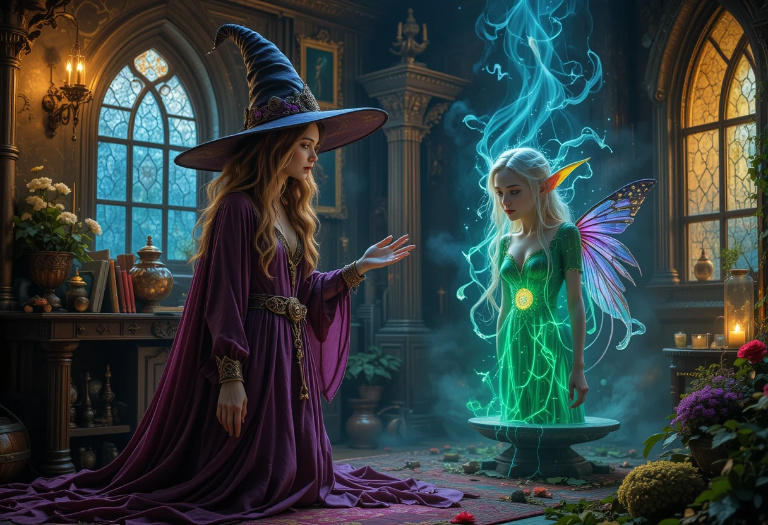
- Calling without a clear intention.
- Forgetting to protect themselves first.
- Assuming every spirit is friendly.
- Ignoring their own instincts when something feels “off.”
- Ending the session abruptly without closing.
- Overcomplicating the ritual with too many tools they don’t understand.
- Failing to cleanse themselves after the session, leaving lingering energy attached.
- Trying to contact powerful or dangerous spirits too soon.
- Becoming impatient and pushing for instant results.
- Treating the session as entertainment rather than a sacred exchange.
Safety & Protection Practices
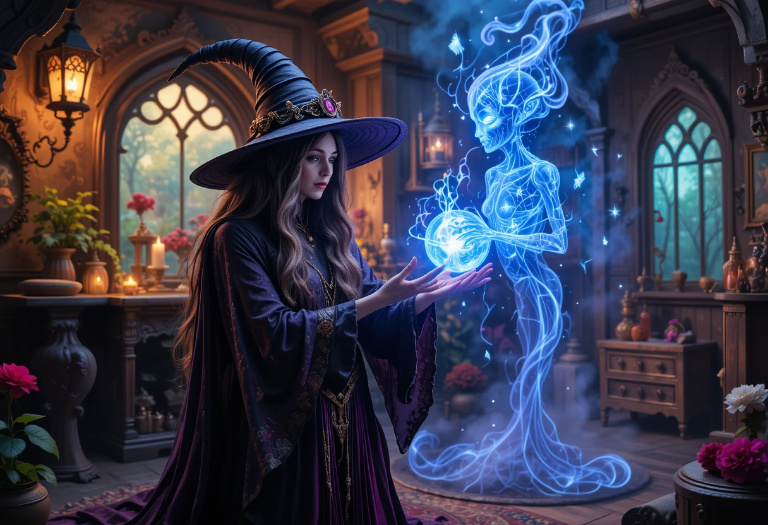
Always start with a cleansing and shield yourself before calling anything in. Keep protective tools on hand — black tourmaline, salt, or iron are all excellent.
If a spirit feels aggressive or overwhelming, calmly but firmly tell it to leave. You have the right to withdraw consent at any time. Use your banishing method, then close the space.
Closing & Giving Thanks

When you’re ready to end the session, thank the spirit for their time, even if nothing seemed to happen. Courtesy matters in every realm.
Release the spirit by telling them clearly the connection is closed. Put away your tools, snuff out your candles, and cleanse the space again to return everything to normal.
Stepping Back Through the Door
Spirit conjuring is a doorway, not a trap. You can open it when you choose, and close it just as easily. Each time you do, you learn a little more about the vast and varied beings who share this universe with us.
Walk this path with respect, patience, and a little bit of wonder, and you’ll find the spirit world is not as distant as it seems — it’s just waiting for you to knock.




